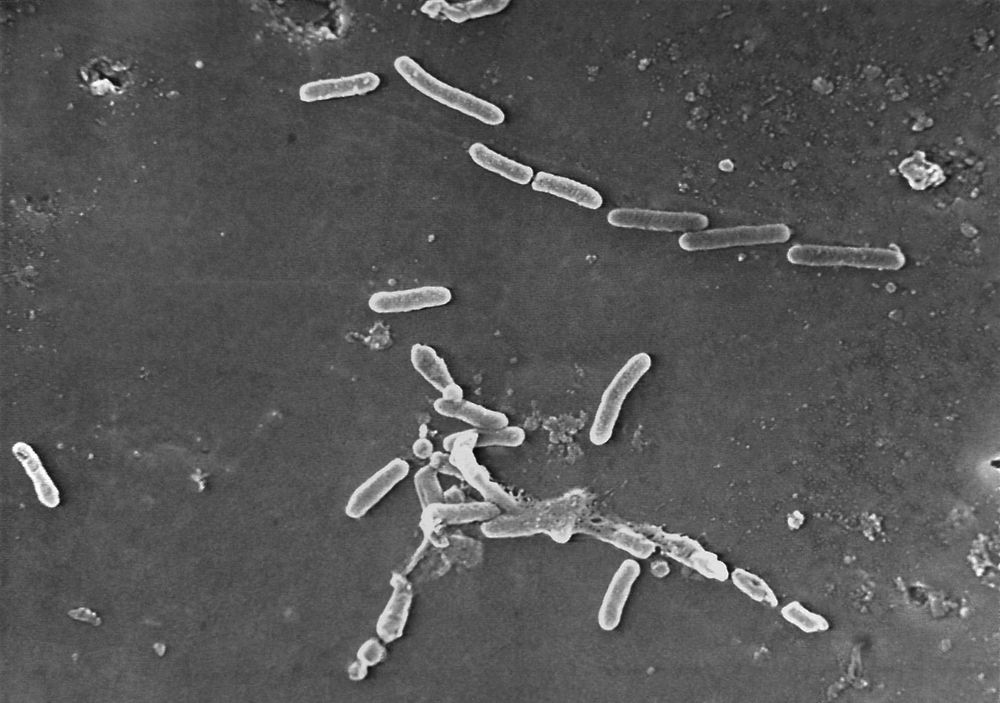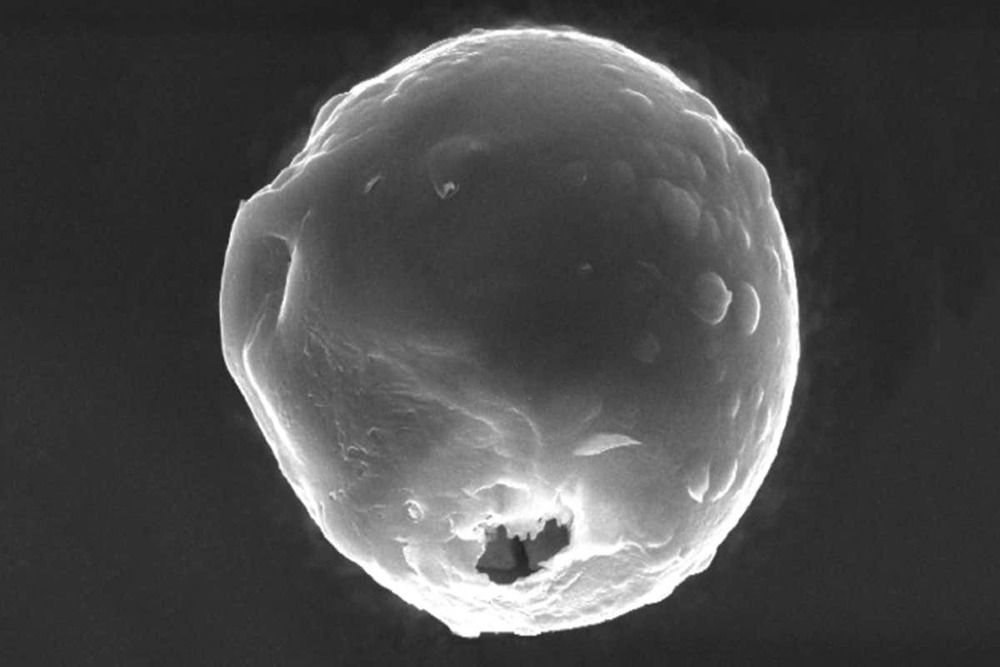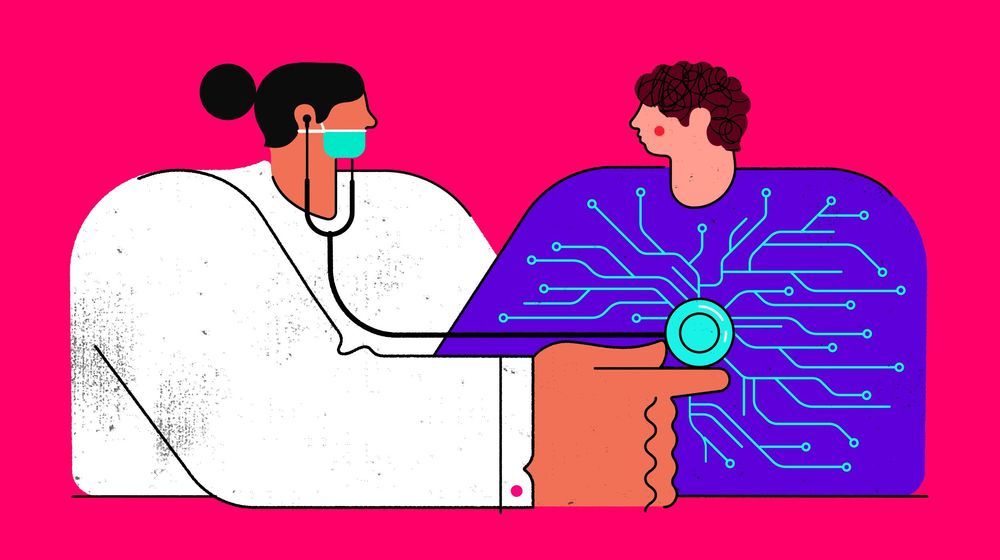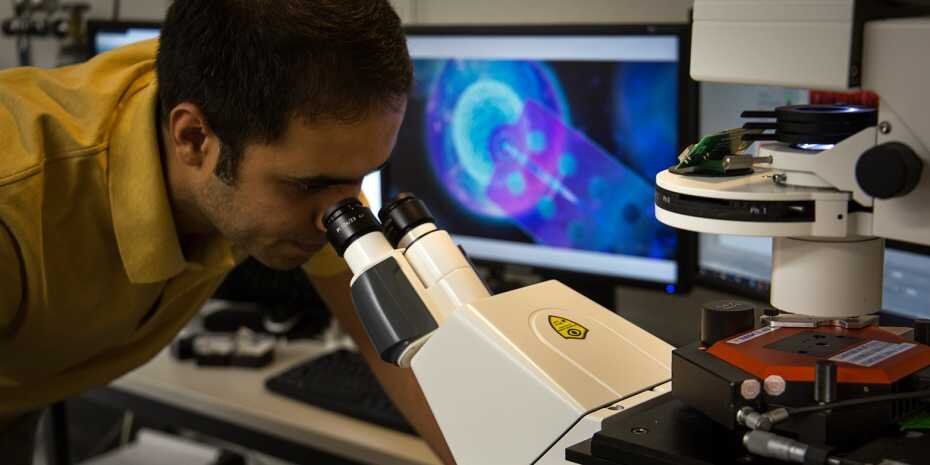The bacteria, known as Pseudomonas aeruginosa, is found widely in the environment. Infections usually occur among people with weakened immune systems—and most often in hospitals—according to the Centers for Disease Control and Prevention (CDC.)
The Utah Department of Health (UDOH) say that the deceased patient—who has not been named to protect the privacy of the family—is the latest of eight reported cases of citizens of the state becoming infected with P. aeruginosa after traveling to Tijuana for similar procedures. Fortunately, all of the other patients recovered from their infections.
Interviews with the surviving patients revealed that seven of the eight—including the one who died—had visited the same surgeon, Mario Almanza, for their procedures. Furthermore, five of the patients said that they had been referred to this surgeon by a medical tourism agency known as “Weight Loss Agents.”








